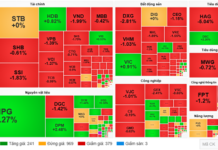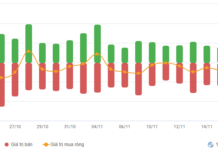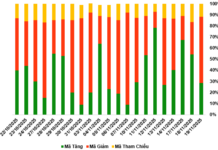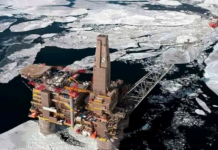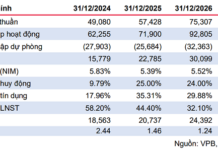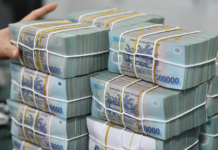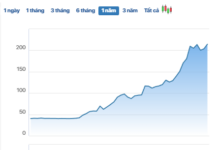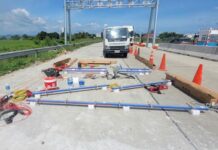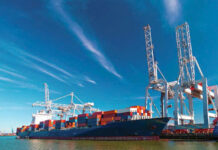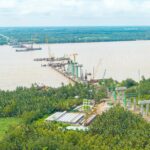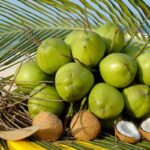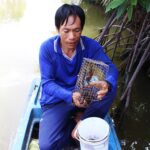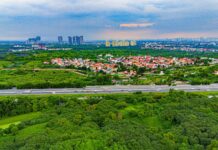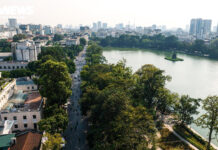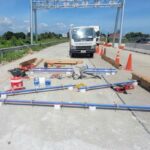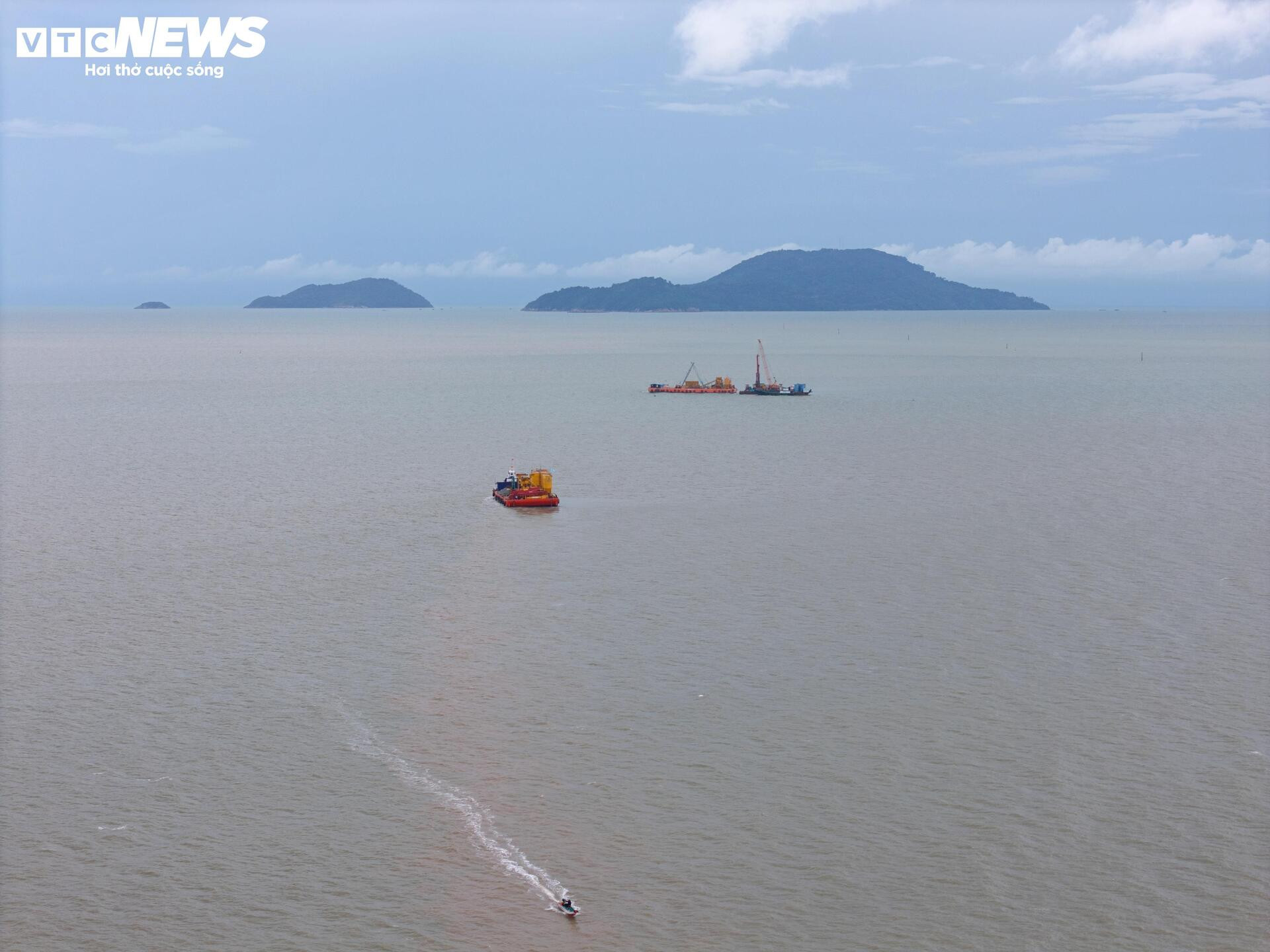
The construction of the sea-crossing bridge connecting mainland Ca Mau with Hon Khoai Island is accelerating its progress from the early months of implementation. This is one of the largest infrastructure projects in the Mekong Delta region, expected to create a breakthrough in transportation, logistics, and marine economic development for the southernmost part of Vietnam.
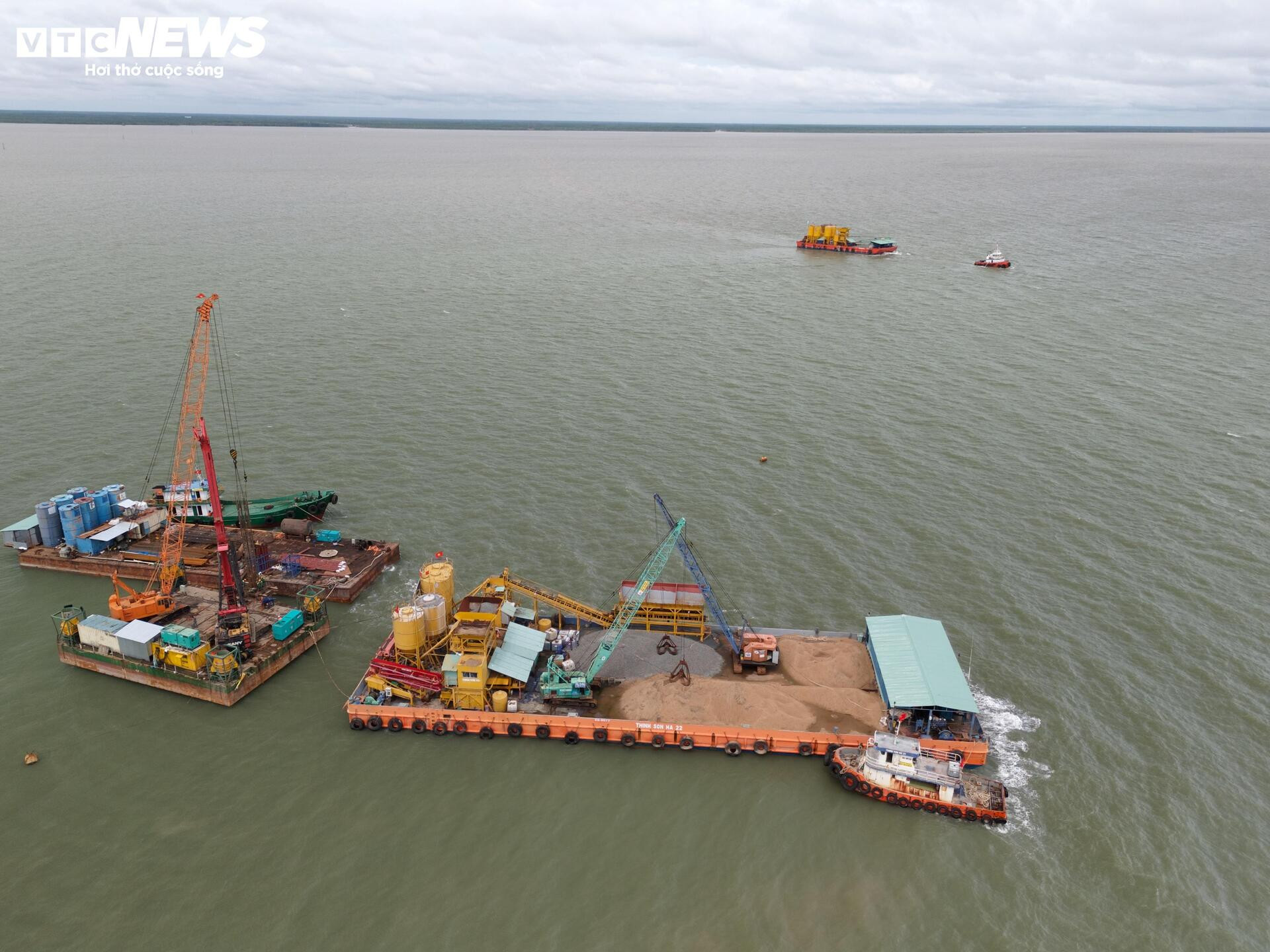
According to the investor, the bridge will have a total length of over 18.22 km, including a main bridge of 17.3 km and a branch connecting to the island of 0.87 km, built to sea-crossing bridge standards.

The project features a cross-section width of approximately 17.5 meters, designed for 4 lanes with a speed limit of 80 km/h. The starting point connects to the Ca Mau – Dat Mui Expressway and Ho Chi Minh Road in Dat Mui Commune (former Ngoc Hien District), ending at point K10 on the eastern shore of Hon Khoai Island.
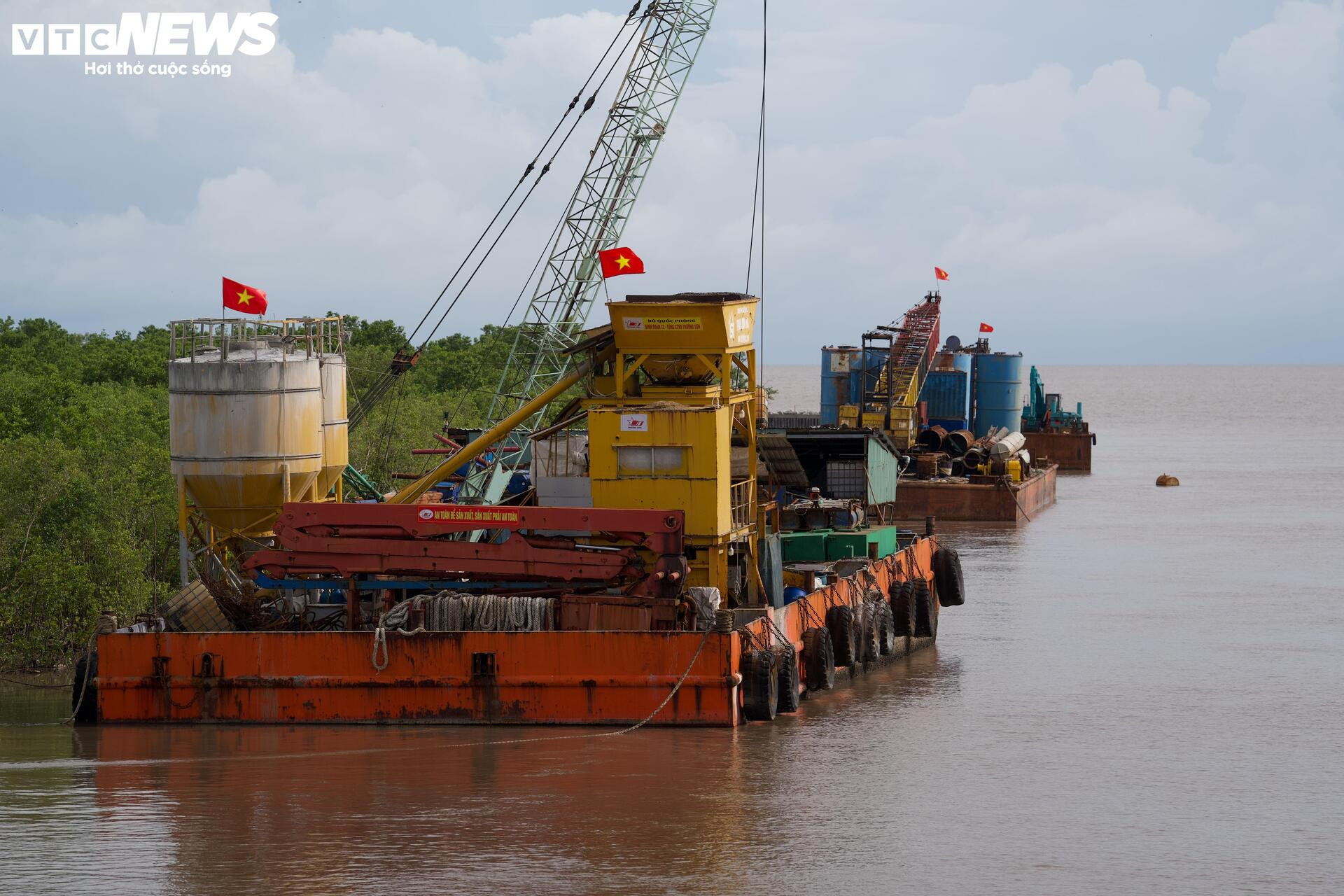
With its record-breaking sea-crossing length, this bridge is considered the longest in Vietnam and the third longest in Southeast Asia. The image shows engineers and workers bustling with construction activities at sea to ensure the project meets its deadline.

In mid-November, at the connection point with the Ca Mau – Dat Mui Expressway, numerous construction machines and equipment have been mobilized by the contractor, as reported by VTC News.
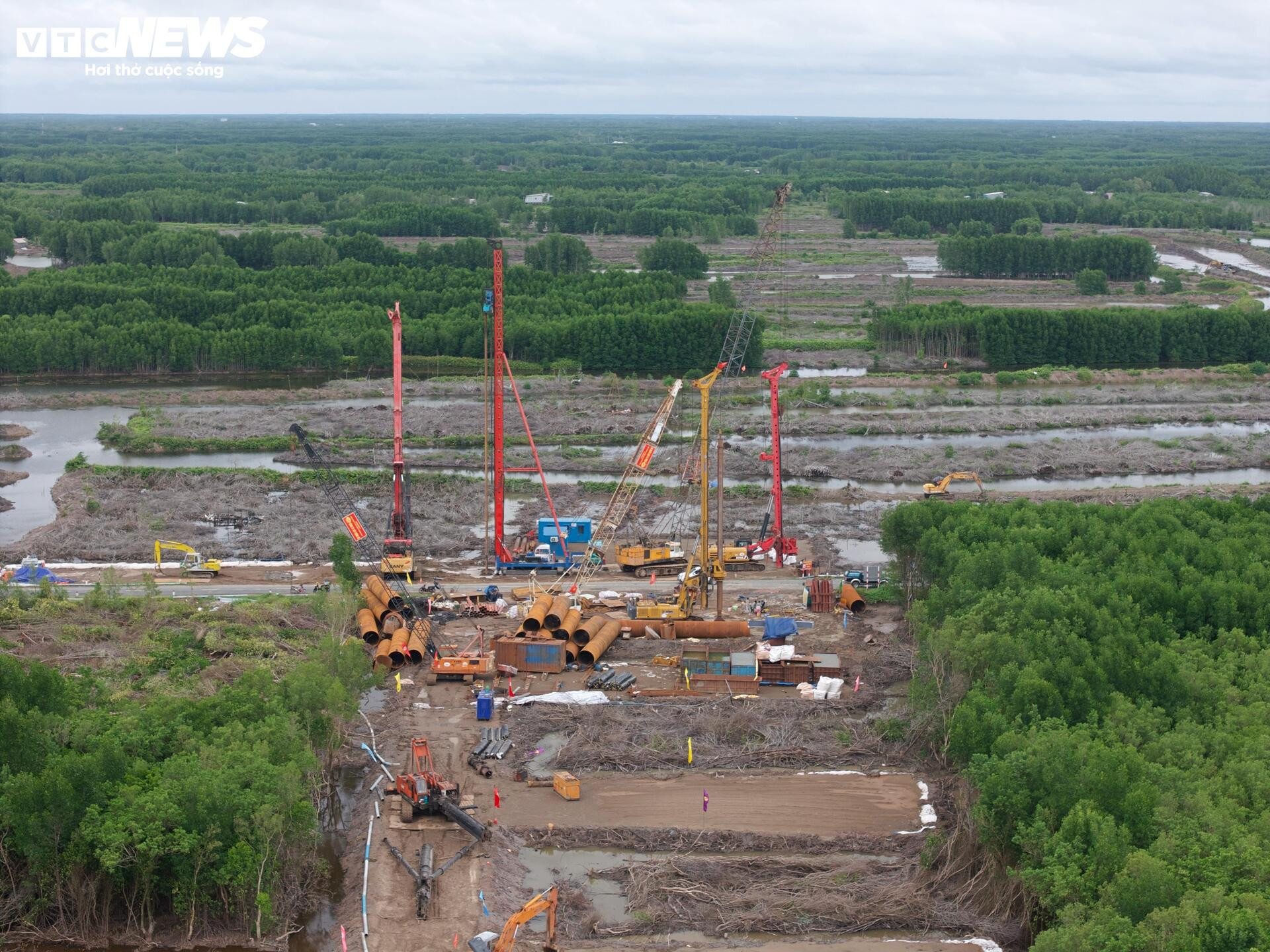
Engineers and consultants are conducting land clearance, installing sheet piles, and preparing for bored pile construction—a foundational step for building the bridge structure. This initial phase focuses on preparation, testing, and technical verification.
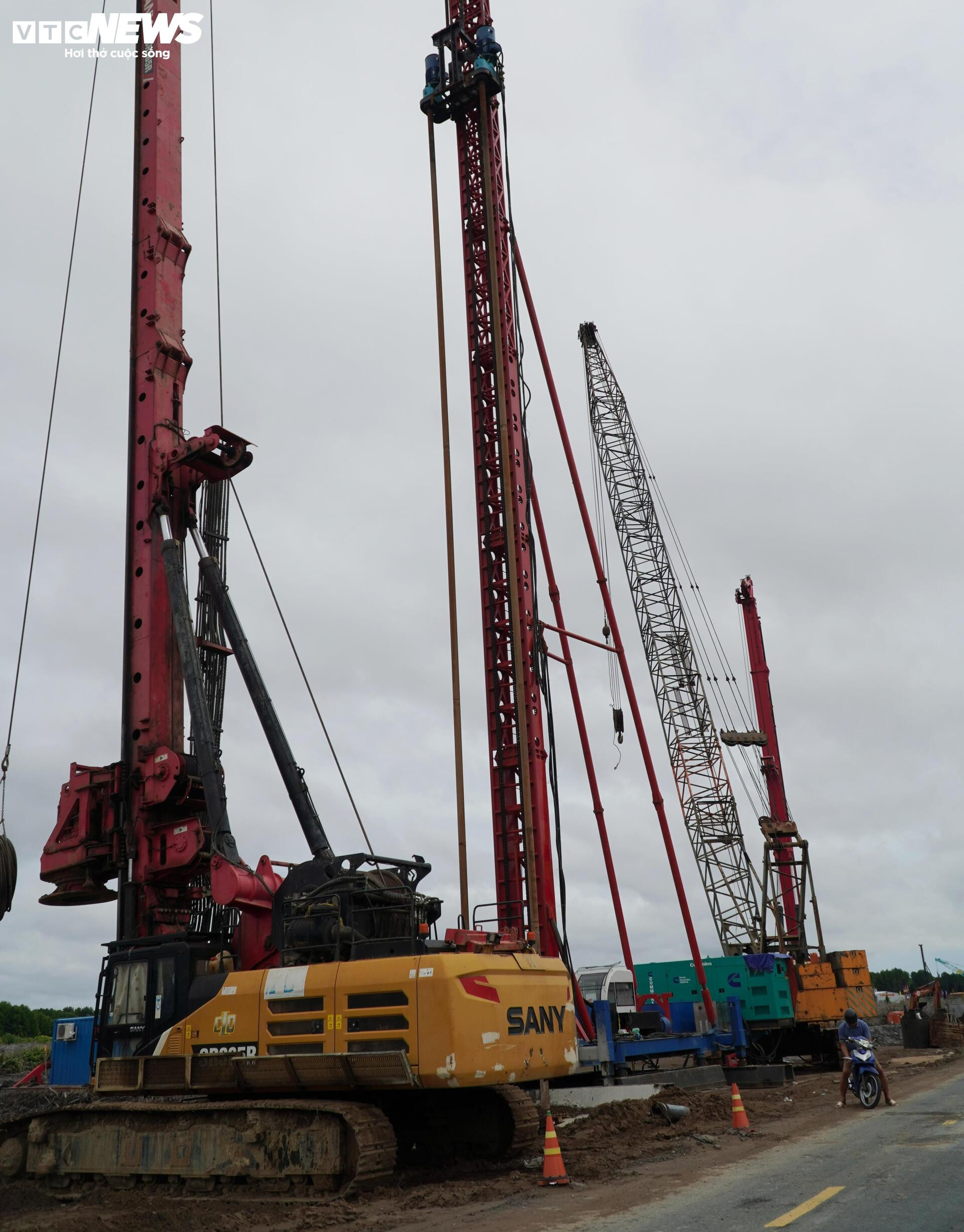
An engineer at the site mentioned that the pile driving process reaches depths of 88-100 meters. After nearly three months of construction, key equipment has been stabilized, ensuring technical parameters for subsequent steps.
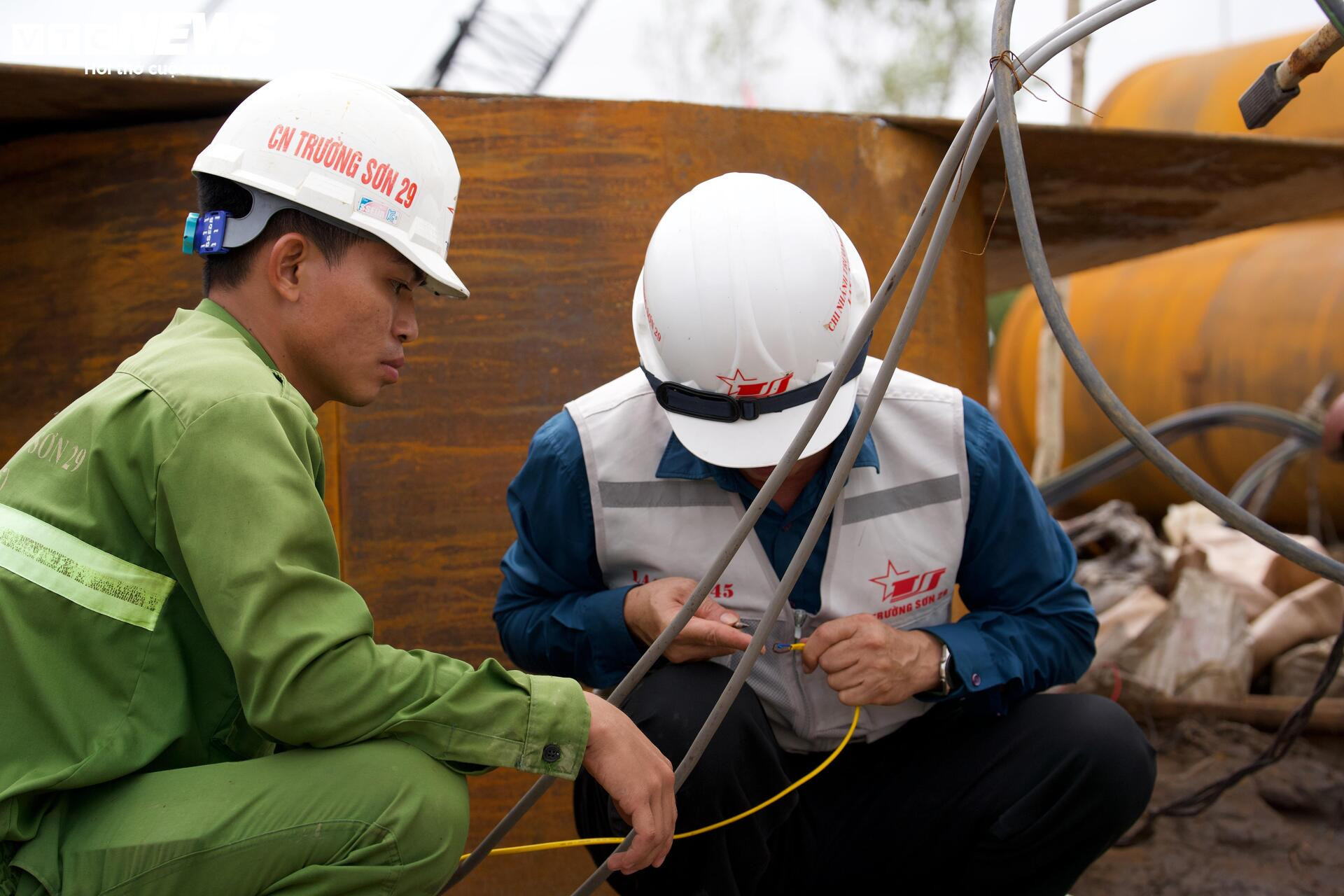
At the offshore area, construction is equally vibrant. The contractor has deployed large-capacity vessels and Zack-up floating platforms for hydraulic drilling and offshore pile construction.

Workers are also pouring concrete for piles under challenging weather conditions and constantly changing tides.

Alongside the bridge, the Hon Khoai Multipurpose Port project has also commenced, featuring a 1,000-meter berth with a capacity of 20 million tons/year, capable of accommodating vessels up to 250,000 DWT. The project includes dredging a new 5,000-meter channel, 230 meters wide, and an 800-meter diameter turning basin, with a total investment of approximately 15 trillion VND.

Strategically located on an international maritime route, Hon Khoai Port is expected to become a vital gateway for trade in Ca Mau and the Southwest region. The development of this deep-water port will significantly enhance logistics services, which have been limited in Ca Mau due to inadequate infrastructure.
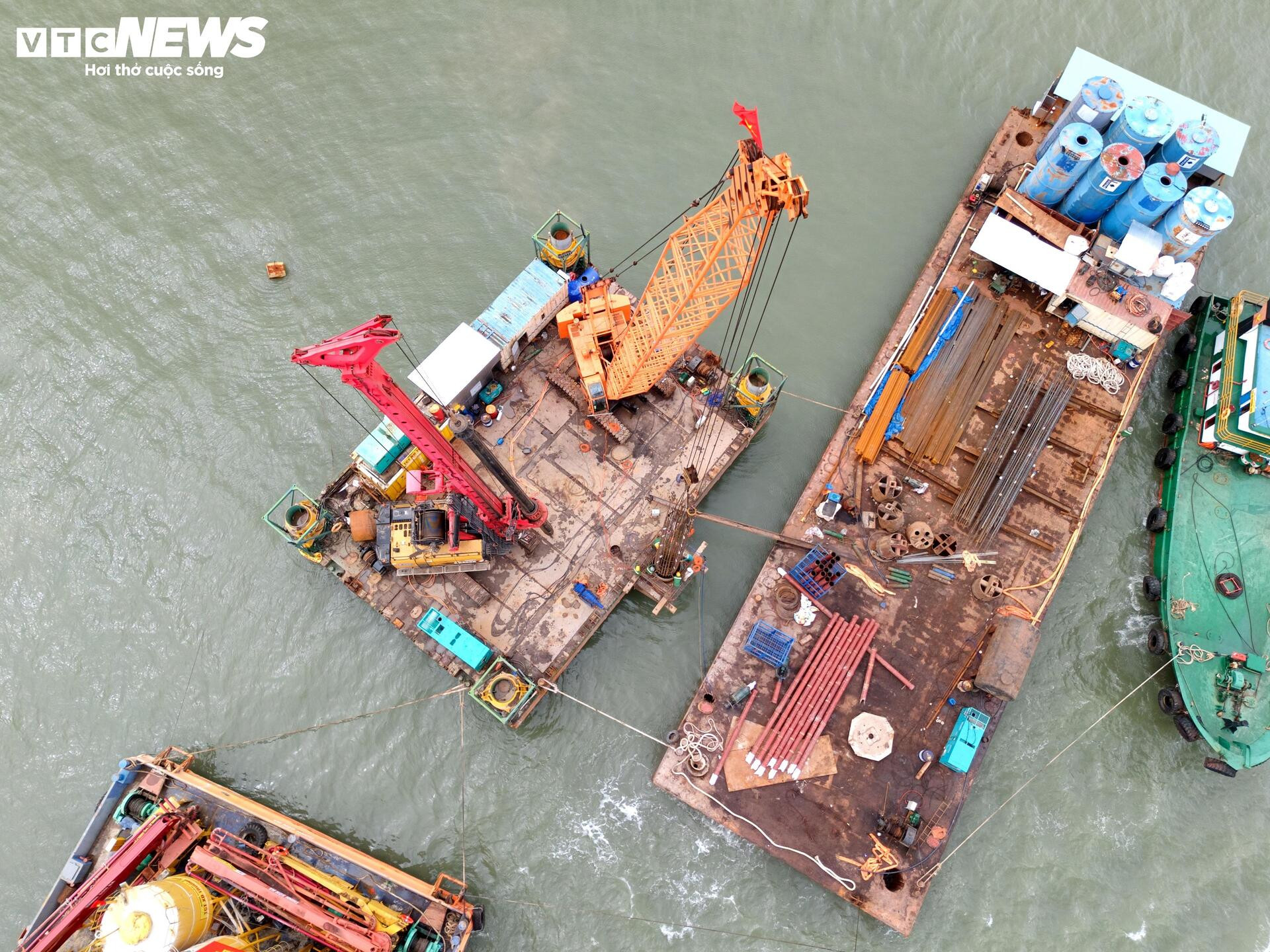
Once completed, the sea-crossing bridge and Hon Khoai Port will establish critical infrastructure in Dat Mui, driving marine economic growth, trade, services, and tourism. Experts view these projects as strategic breakthroughs with far-reaching impacts on the region’s development.

The simultaneous execution of these large-scale, technically complex projects highlights the significant efforts of involved parties in realizing maritime infrastructure planning. Recent progress indicates that the projects are on track and will continue to be accelerated.

Upon completion, the Hon Khoai sea-crossing bridge will not only reduce travel time to the island but also open new avenues for international trade and logistics development, positioning Ca Mau for significant growth. It is also a strategic step in harnessing the potential of marine islands and strengthening connectivity in Vietnam’s southernmost region.
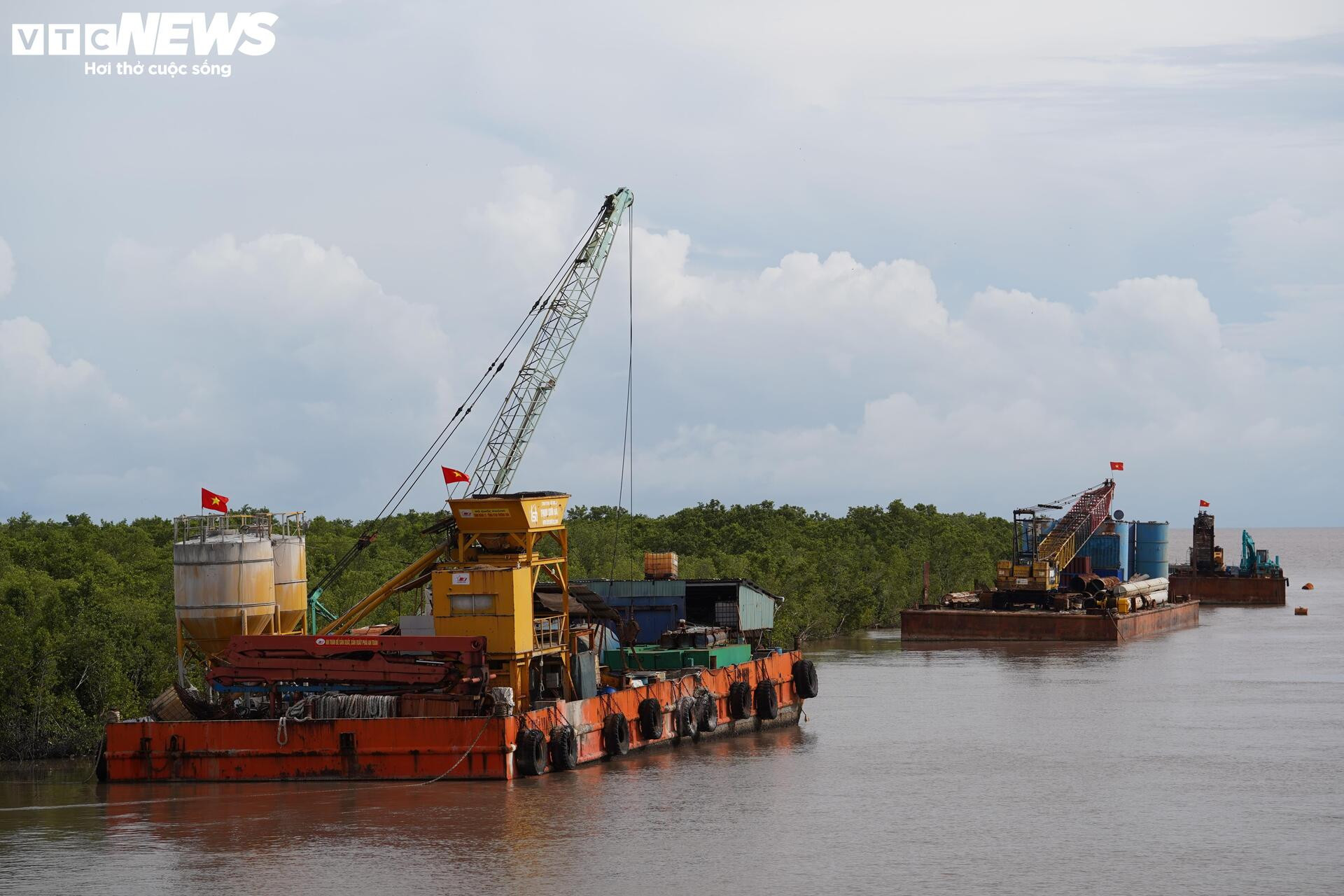
The Hon Khoai sea-crossing bridge, upon completion, will not only shorten travel time to the island but also open new avenues for international trade, logistics development, and position Ca Mau for significant growth. It is also a strategic step in harnessing the potential of marine islands and strengthening connectivity in Vietnam’s southernmost region.

The simultaneous execution of these large-scale, technically complex projects highlights the significant efforts of involved parties in realizing maritime infrastructure planning. Recent progress indicates that the projects are on track and will continue to be accelerated.
Climate Change Threatens to Erase a Decade of Vietnam’s Economic Growth
The World Bank (WB) warns that without adequate adaptation measures, climate change could slash Vietnam’s GDP by at least 12.5% by 2050 compared to baseline projections. This would effectively erase nearly a decade of growth, significantly hindering the nation’s goal of achieving high-income status by 2045.
Premium Cà Mau Fish Sauce: Three Salt Varieties Priced at 250,000 VND/kg
Cà Mau’s signature delicacy, the three-striped crab, not only provides a vital income source for local farmers during off-seasons but also empowers many families to achieve prosperity.

